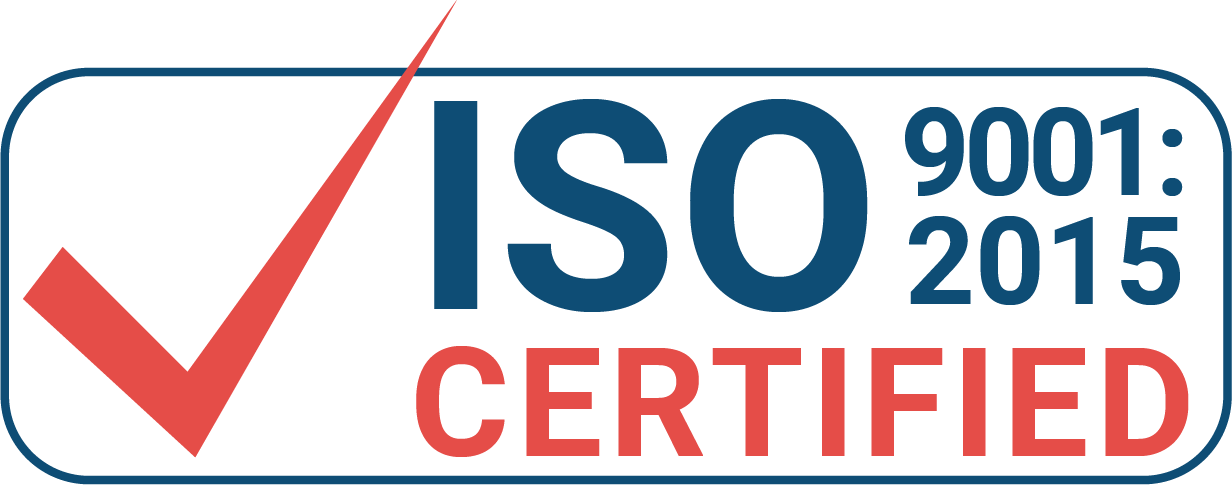Recycling & Reusing Your ALD Precursor Cylinders & Bubblers
Here are a few things to consider when deciding between outsourcing the process professionally or managing the process in-house.
Proper packaging for your custom ALD precursor is essential for both maintaining the quality of the material inside and streamlining your manufacturing processes. But, how do you manage the vessels when the product has been expended?
Large investments are made in the research, development and eventual scaled production of precursors and the packaging used for their applications. Efficiencies and cost savings can be found in refurbishing and reusing packaging, but with often hazardous materials inside, safe recycling can be a monumental task.
Precursors used in CVD/ALD processes come in both liquid and powder forms and are often air and/or moisture-sensitive. These materials are sometimes highly flammable and pyrophoric in nature. Regardless of these characteristics, the materials are generally thermally stable and can maintain their quality when stored properly for long periods of time.
Precursor packaging should be considered a component of the precursor itself because the materials are typically applied directly from the vessel in which they were received. The level of care and detail applied to the research and development of your custom precursor should also be applied to developing processes and procedures for managing your packaging inventory.
Numerous risks may be present if standard operating procedures (SOPs) are not established for recycling your precursor vessels. For example, without a thorough cleaning protocol, you risk compromising the quality of the refill precursor. A lack of detailed maintenance records can lead to shortfalls in vessel performance. Cutting corners in the testing phase can have a number of consequences including unintentional spoilage of the precursor, issues with precursor delivery during manufacturing processes, and other potential malfunctions of the vessel.
The primary priority of cylinders and bubblers is to ensure safe and effective delivery of your custom ALD precursor during your manufacturing processes. Without a comprehensive plan and proper equipment, your vessels may fall short and compromise the quality of finished goods. If you’re planning to reuse your precursor packaging, consider the following points when determining a workflow for your vessels. These checkpoints can also help you determine whether you have the capabilities to safely recycle your vessels in-house or if the service should be professionally outsourced.
Addressing Residual Material
How will the container be emptied safely?
Due to the hazardous nature of most precursors, precautions need to be taken when dealing with leftover material. To ensure the safety of staff handling the vessels, they must be trained thoroughly about the nature of the materials and be supplied with the correct personal protective equipment (PPE). Special considerations should also be made for how the material will be emptied from the vessel and if specific equipment is needed to complete the task.
How and where will the disposal of leftover material take place?
There are strict environmental regulations for the disposal of hazardous materials. It is critical to have proper procedures in place to ensure that all material disposal is compliant with said regulations.
What are the options for handling residual material?
Once leftover material has been disposed of, consideration should be given to any residual material within the container that might impact the integrity of the new refilled material. Some precursor vessels can simply be refilled but most often require additional removal or remediation depending on the nature of the chemicals and application.
Completing the Inspection
How will the internal and external surfaces of the container be inspected for defects or corrosion? How will the integrity of the valves, fittings, and manifolds be evaluated?
Special equipment is needed to inspect vessels at the microscopic level to ensure the integrity of the interior surfaces, valves, fittings and manifolds has not been compromised during manufacturing processes.
Cleaning the Vessel
How will the container be rinsed and/or cleaned?
Dedicated facilities for rinsing and cleaning the vessels are important to avoid inconsistencies in the quality of the processing outcome. Careful consideration of the specific chemical precursor that was packaged in the vessel, in addition to the nature of potential residues when determining the cleaning agent, is required.
How will the container be dried to the required limits?
Once the vessel is cleaned and/or rinsed of residual material, specialized drying equipment, ideally an oven, may be required to properly dry the container. This is to avoid any potentially undesirable reaction with retained moisture when the container is refilled.
Testing the Vessel
How will integrity of the vapor and liquid flow components be verified?
To guarantee consistent delivery of your precursor during your manufacturing processes, it is important that there is no inadvertent contamination of the precursor or fugitive emission of precursor from leaks in vessel valves and fittings. Specific equipment, such as a Helium-tuned residual gas analyzer, is needed to check flow inputs and outputs prior to filling the vessel with the new precursor. In some cases, refurbishment of the vessel or its fittings may be required to bring the container back to proper working condition.
Inventory and Process Management
How will the inventory and maintenance records be managed?
Documentation of both your vessel inventory, along with maintenance and filling histories, are essential to your processes. Effective inventory management reduces costs and gives you a clear picture of all the vessels you have in circulation. Keeping detailed maintenance records allows you to be proactive with your inventory and identify vessels that require additional refurbishment or that may be due for replacement. Investment in inventory management software may be required if you opt to handle the process internally.
Can this process be managed internally or is an external vendor needed?
Re-using your precursor vessels can be an excellent way to find cost savings in your manufacturing processes and reduce unnecessary waste. However, there are many steps to consider throughout the recycling process. Whether you decide to manage the program internally or vet an external vendor, use these points as a guide to determine your process.
Leasing Cylinders & Bubblers
To alleviate the stress of managing inventory and reduce the financial impact of your precursor investment, you may consider leasing your vessels from your manufacturer. Rather than purchasing the vessels outright, a deposit is applied to your invoice with your order and is then applied as a credit to your account when the vessels are returned in satisfactory condition. Leasing vessels is an excellent alternative because your manufacturer manages both the inventory and the recycling process, relieving you and your team of multiple variables in your operations.
Looking for a partner to manage your precursor packaging program? Let us take the guesswork out of cylinder recycling. Contact us to learn more about our fully customized cylinder management program, specifically designed for your material, machinery, and manufacturing processes.




